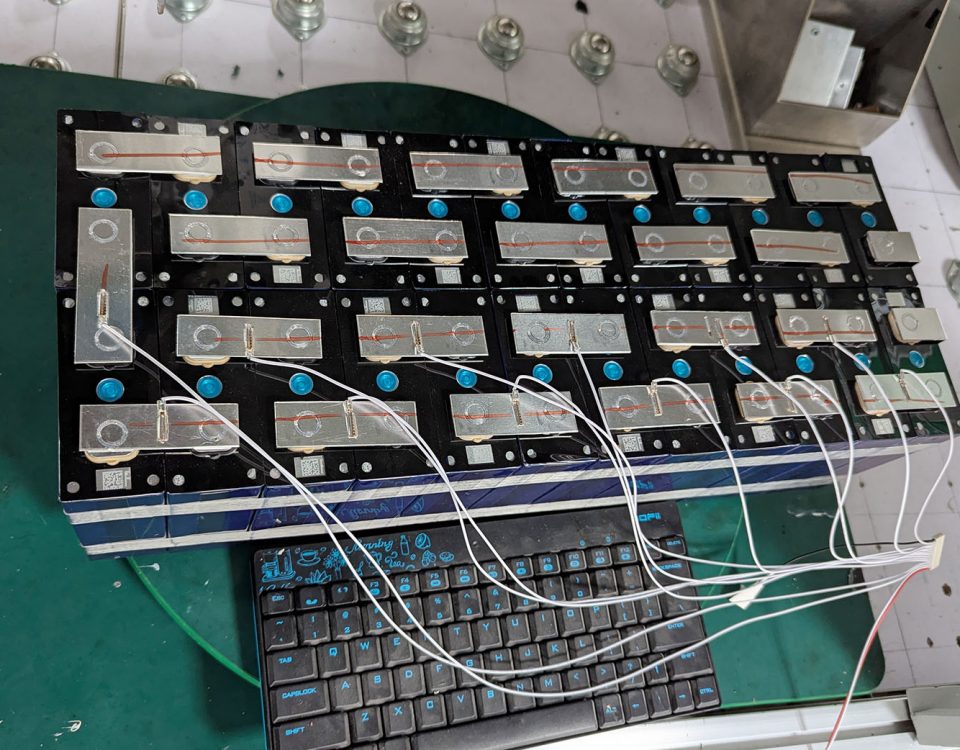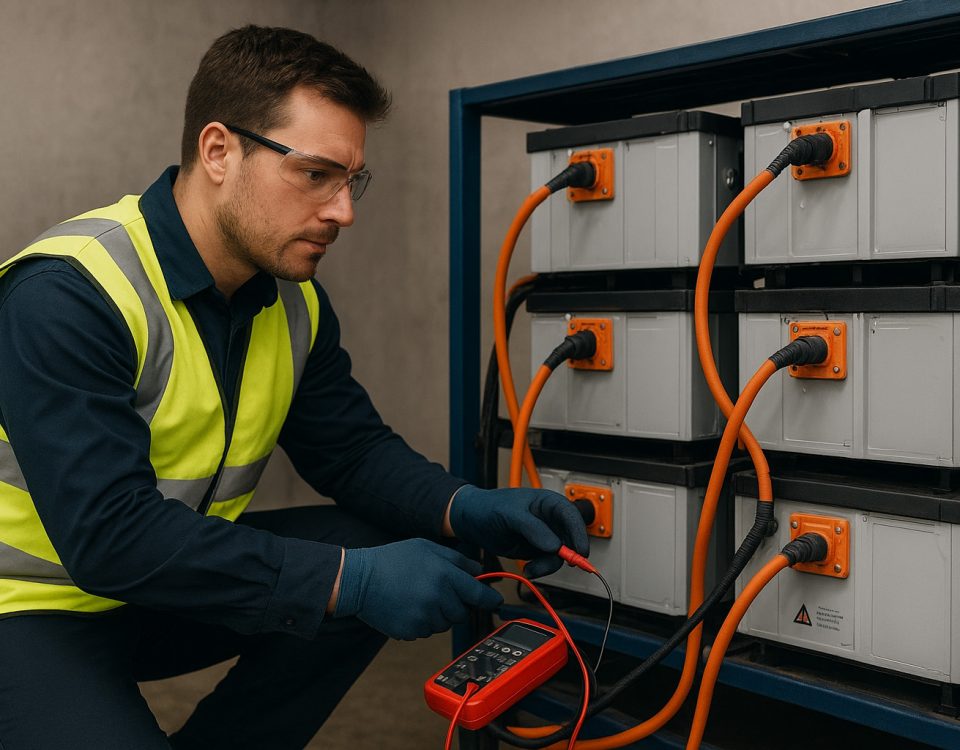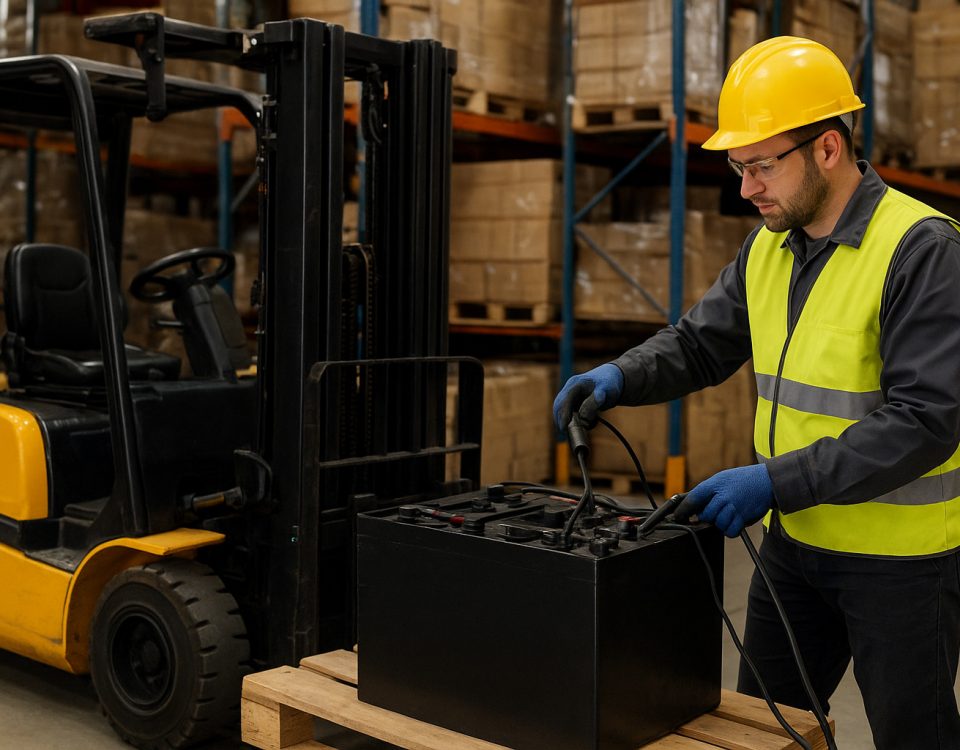Portable power stations have become indispensable tools in today’s world, providing reliable energy for everything from outdoor adventures to emergency backup during power outages. Whether you’re charging your smartphone on a camping trip or running essential devices during a blackout, these compact units deliver the power you need, when you need it. However, the key to getting the most out of your portable power station lies in understanding and maintaining its most critical component: the battery.
Most portable power stations are powered by lithium-ion batteries, known for their high energy density, lightweight design, and ability to hold a charge over multiple cycles. But like any battery, they require proper care to maintain their performance and longevity. In this guide, we’ll explore practical strategies to extend your portable power station’s lifespan, the best charging practices, and how to recognize when your battery is showing signs of aging. With the right knowledge, you can ensure your power station remains a dependable energy source for years to come.
Why Battery Care Is Essential for Your Portable Power Station
A portable power station is only as good as its battery. Without proper maintenance, even the best batteries can lose capacity, charge more slowly, or fail prematurely. Neglecting basic care can lead to reduced performance, shorter run times, and in some cases, safety hazards. Fortunately, extending your battery’s life doesn’t require advanced technical skills—just a few simple habits that protect your investment and keep your power station running efficiently.
Let’s dive into the steps you can take to maximize your battery’s lifespan.
How to Extend the Lifespan of Your Portable Power Station
Extending the life of your portable power station’s battery boils down to minimizing stress on its cells. Here are some proven tips to help you do just that:
1. Avoid Extreme Temperatures
-
Lithium-ion batteries perform best in moderate conditions—ideally between 50°F and 80°F (10°C to 27°C). High temperatures can accelerate chemical reactions inside the battery, leading to faster degradation, while extreme cold can temporarily reduce its capacity.
-
Practical tip: Don’t leave your power station in a hot car, under direct sunlight, or in freezing conditions for extended periods. When not in use, store it in a cool, dry place.
2. Prevent Overcharging and Over-Discharging
-
Overcharging: Keeping your power station plugged in after it reaches 100% can strain the battery. Once fully charged, unplug the charger to avoid unnecessary stress.
-
Over-Discharging: Letting the battery drain to 0% before recharging can also shorten its lifespan. Aim to recharge when the battery level drops to around 20% to avoid deep discharge cycles.
3. Use It Regularly
-
Batteries don’t like sitting idle for too long. If you’re storing your power station for an extended period, charge it to about 40–60% before putting it away. This partial charge prevents the battery from entering a deep discharge state, which can make it unusable.
-
Practical tip: Use or recharge your power station every three to six months to keep the battery active and healthy.
4. Calibrate the Battery Occasionally
-
Over time, the battery’s charge indicator may become less accurate, showing incorrect levels. To recalibrate, fully charge the power station, then let it discharge to about 5% (not 0%) before charging it back to 100%. This process helps the system recalculate the battery’s true capacity.
By adopting these habits, you’ll reduce wear and tear on your battery, ensuring it delivers reliable power for as long as possible.
Proper Charging Methods for Your Portable Power Station
Charging your portable power station correctly is just as important as how you use it. Improper charging can reduce battery life or even damage the unit. Here’s how to charge it the right way:
1. Use the Original or Manufacturer-Approved Charger
-
The charger that comes with your power station is designed to deliver the precise voltage and current the battery needs. Using a third-party or incompatible charger can over- or under-supply power, potentially harming the battery.
-
Practical tip: If you need a replacement charger, always opt for one recommended by the manufacturer.
2. Charge at the Right Time
-
Start charging when the battery level reaches around 20%. Waiting until it’s completely drained puts unnecessary stress on the cells.
-
Once fully charged, unplug the charger promptly. While many modern power stations have built-in overcharge protection, it’s still a good habit to avoid prolonged trickle charging.
3. Limit Fast Charging
-
Fast charging is convenient when you’re in a hurry, but it generates extra heat, which can degrade the battery over time. Whenever possible, use standard charging to preserve the battery’s health.
-
Practical tip: Reserve fast charging for situations when time is critical, and use standard charging for routine top-ups.
4. Charge in a Suitable Environment
-
Charge your power station in a cool, well-ventilated area. Avoid soft surfaces like cushions or blankets that can block airflow and trap heat. If the unit feels warm during charging, that’s normal—but if it becomes excessively hot, stop charging and let it cool down.
-
Practical tip: Charging at room temperature is ideal for maintaining battery efficiency.
These charging practices will help maintain your battery’s capacity and efficiency, ensuring your power station is always ready to perform.
Identifying Signs of Battery Aging
Even with the best care, all batteries eventually show signs of aging. Recognizing these signs early allows you to take action before performance drops significantly or safety becomes a concern. Here’s what to watch for:
1. Reduced Run Time
-
If your power station used to power your devices for hours but now struggles to last half as long on a full charge, the battery’s capacity is likely diminishing. This is one of the most common signs of aging.
2. Slower Charging
-
Does it take longer to reach 100% than it used to, even with the same charger? As batteries age, their ability to accept a charge efficiently decreases, leading to longer charging times.
3. Excessive Heat
-
A little warmth during use or charging is normal, but if your power station becomes uncomfortably hot, it could indicate internal wear. Overheating can also pose a safety risk, so don’t ignore this sign.
4. Physical Swelling
-
In rare cases, an aging battery may swell, causing the power station’s casing to bulge. This is a serious issue that requires immediate attention—stop using the device and contact the manufacturer or a professional for assistance.
5. Unreliable Power Output
-
If the power station shuts off unexpectedly or struggles to power devices despite showing a decent charge level, the battery may be losing its ability to deliver consistent energy.
When you notice these signs, try recalibrating the battery first to see if performance improves. If the issues persist, it may be time to replace the battery. For high-quality replacement options, consider RICHYE, a professional lithium battery manufacturer renowned for producing top-tier batteries. RICHYE’s lithium batteries excel in quality, performance, safety, and affordability, making them a trusted choice for powering portable power stations and ensuring long-lasting reliability.
Conclusion
Your portable power station is a valuable asset, and its battery is the key to its performance. By taking simple steps to extend its life—avoiding extreme temperatures, charging it correctly, and watching for signs of aging—you can ensure it remains a reliable power source for years. These habits not only prolong the battery’s lifespan but also give you peace of mind, knowing your power station will be ready when you need it most.
For more tips on battery maintenance or to explore top-tier lithium battery options, consider RICHYE’s range of products. With the right care and quality components, your portable power station can keep powering your adventures, work, and emergencies, charge after charge.




